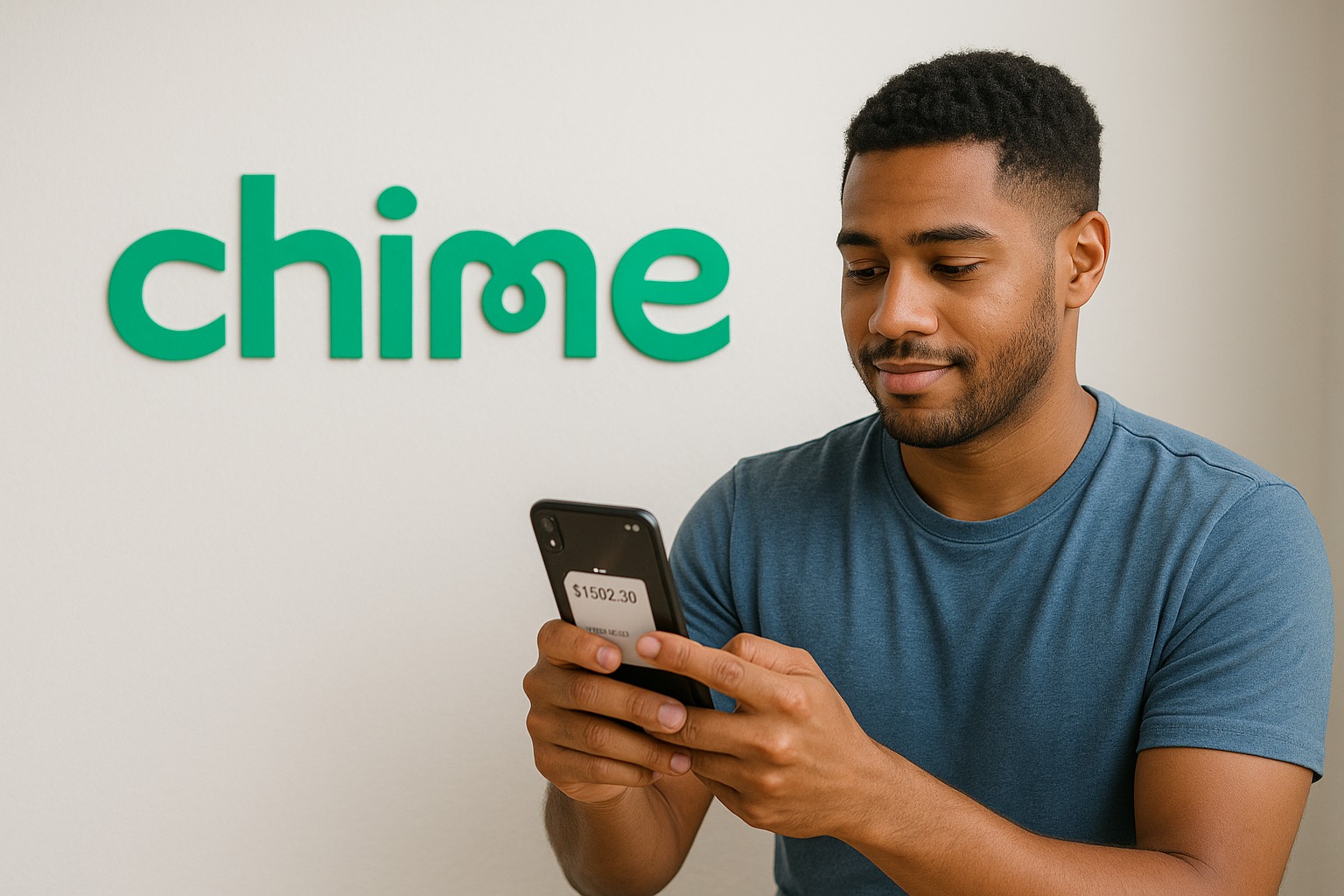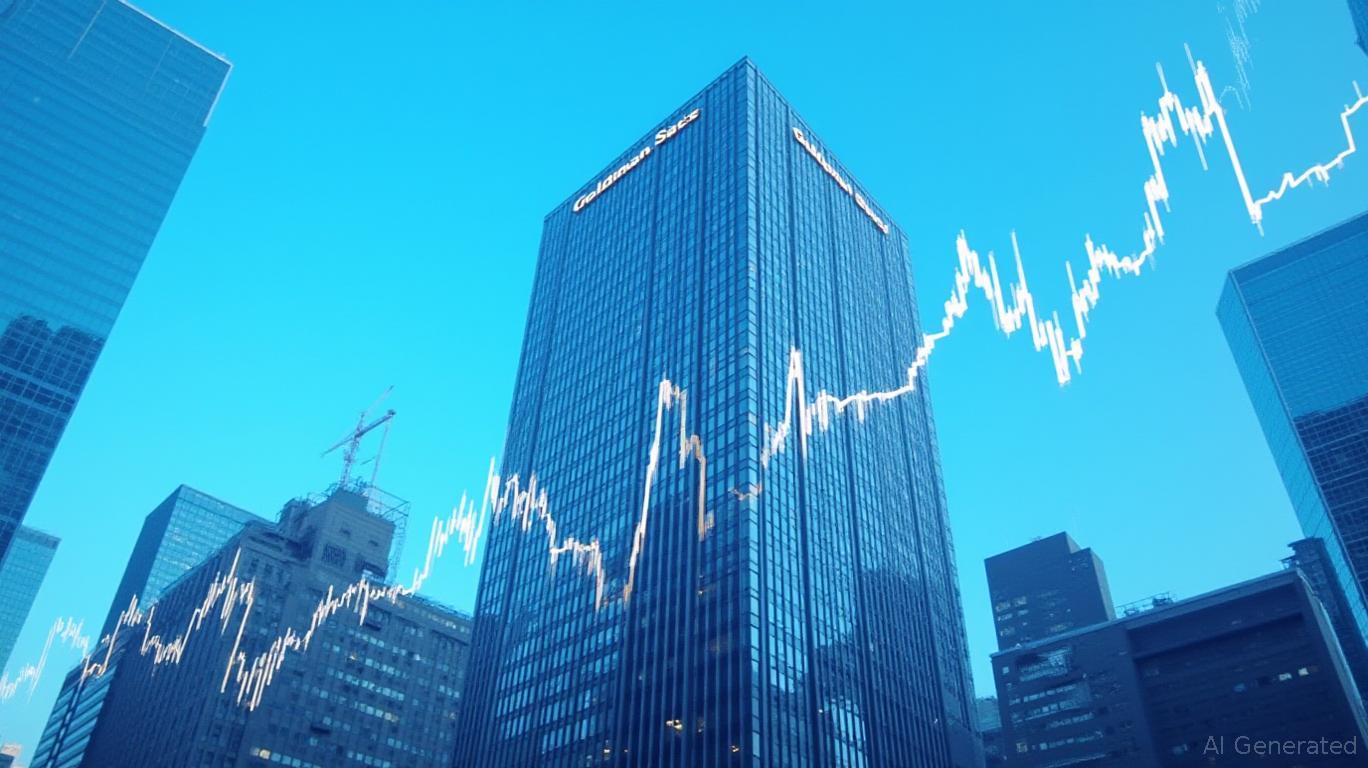Apollo’s $5.4 Billion Secondaries Fund Close: A Bullish Signal for Private Markets
The private equity world is buzzing after Apollo Global Management’s debut secondaries fund, Apollo Strategic Partners V (ASP V), smashed its original target, closing at $5.4 billion—a 35% over-subscription of its $4 billion goal. This isn’t just a victory for Apollo; it’s a seismic sign of investor confidence in secondary buyout strategies. Let’s unpack why this matters and what it means for your portfolio.

The Fund’s Triumph: Numbers Don’t Lie
ASP V’s final close in April 2023 wasn’t just about hitting a target—it was a masterclass in capital-raising. With commitments from a who’s who of global investors, including pension funds, sovereign wealth funds, and endowments, the fund’s oversubscription highlights two critical trends:
1. Secondaries are the new gold rush. Institutional investors are desperate for liquidity and access to proven private equity assets, especially in volatile markets.
2. Apollo’s playbook is working. By targeting existing private equity portfolios—where deals are often priced at discounts—the firm is capitalizing on a $600 billion secondaries market (and growing).
Why Now? Market Volatility = Opportunity
The $5.4 billion haul isn’t a fluke. Consider the context:
- Interest rate uncertainty: Investors are fleeing public markets for the relative stability of private assets.
- Portfolio rebalancing: Pension funds and endowments need liquidity to meet obligations, making secondaries a quick way to cash out of illiquid stakes.
- Apollo’s reputation: With a 15-20% IRR target (internal rate of return) for its secondaries strategy, investors trust Apollo’s ability to deliver in a sector where returns often lag.
Compare this to Apollo’s prior fund, ASP IV, which closed at $3.2 billion in 2018. The $5.4B milestone isn’t just a 69% increase in size—it’s a statement of Apollo’s dominance.
The Elephant in the Room: Competition and Risks
Not everyone’s celebrating. Rivals like Blackstone and KKR are also chasing secondaries deals, raising the specter of overvaluation. But here’s why Apollo’s edge matters:
- Scale and speed: With its acquisition of Bridge Investment Group, Apollo now has the firepower to move swiftly on large secondary transactions.
- Diversification: The $14.3 billion secondaries vehicle (including co-investment funds) shows Apollo isn’t just chasing one trend—it’s building a full-stack platform for private market investors.
The Bottom Line: A Buy Signal for Apollo’s Stock?
While public markets have been rocky, Apollo’s private equity machine is firing on all cylinders. The ASP V close isn’t just a fundraising win—it’s a leading indicator of investor demand for alternative assets.
Investors should ask: How does this fund’s success translate to Apollo’s bottom line? Simple: higher management fees, carried interest, and a stronger pipeline for future funds. If you’re bullish on private markets, APO’s stock—currently trading at a discount to peers—is a buy.
Final Take: Don’t Miss the Train
The ASP V fund’s oversubscription isn’t just about numbers—it’s about momentum. With $5.4 billion under management and a strategy primed to thrive in choppy markets, Apollo is proving that secondaries aren’t a niche play anymore. This is a multiyear bet on a structural shift in how institutions allocate capital.
In Cramer-speak: “This is a fund that’s not just closing—it’s blowing up the competition. If you’re on the sidelines, you’re missing the train!”
Final Word: Back Apollo’s stock and keep an eye on its next flagship fund, targeting $25 billion. The private equity gold rush isn’t slowing down—it’s just getting started.
Data Note: As of Q3 2024, Apollo’s secondaries platform has grown to $14.3 billion, with ASP V’s $5.4 billion representing a 69% increase over its predecessor. Meanwhile, APO’s stock has outperformed the S&P 500 by 20% since the fund’s close.










